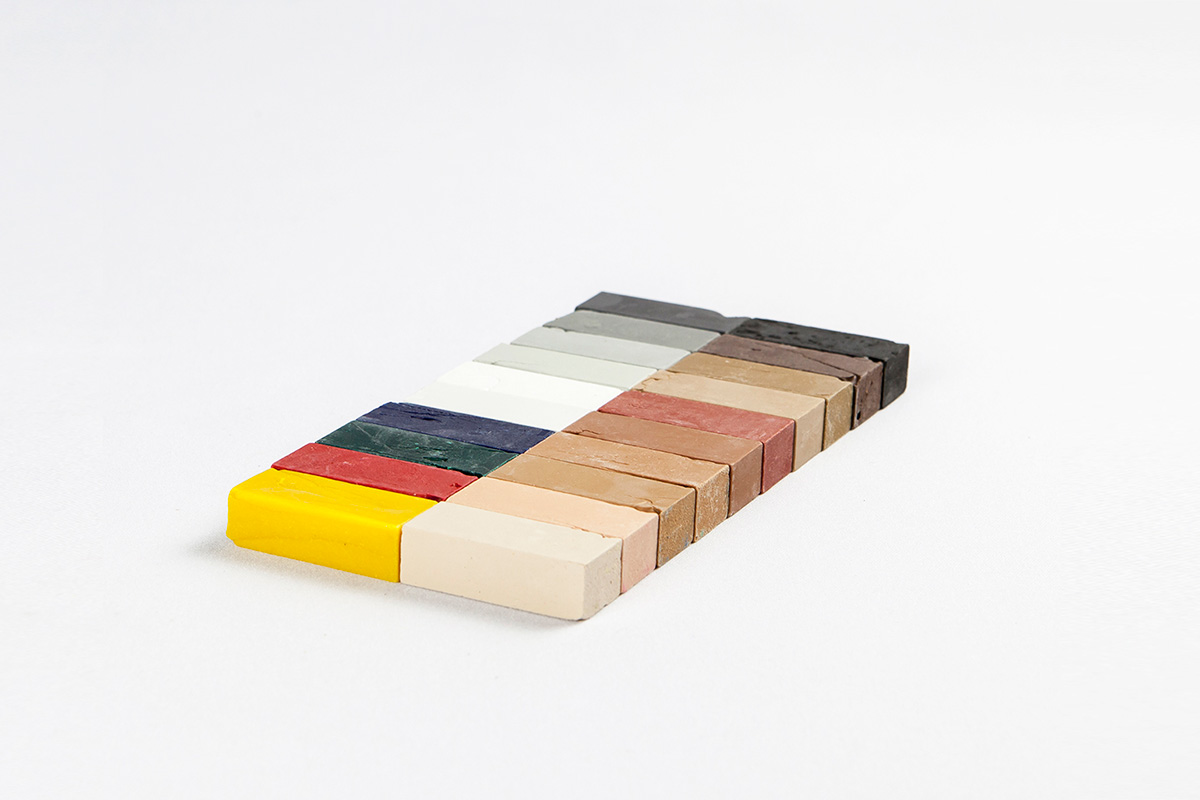Sand manufacturing decorative ceramic tile manufacturing white cement manufacturing non metallic mineral grinding rods and media balls for wear resistant applications inert tower packing for chemical processing filler material for plastic and paper product.
Ceramic fillers in the processing.
Step by step process of filling a large gap or missing pieces on a pottery vessel or sculpture using the best commercially available materials.
This product pc super epoxy works extremely well where missing volume is required to be filled up and strengthened without sagging or dripping used on horizontal or vertical surfaces.
For use in processing equipment that carries particles smaller than 1 16 in diameter these ceramic filled epoxies rebuild and repair surfaces exposed to abrasion from particles such as dust collectors fan blades and fan housings.
Magicezy tile repairezy.
When 3m ceramic microspheres are added to a resin system their low binder demand allows a lower viscosity compared to conventional fillers.
The most important use of ceramic media as filler is in replacing the volume of rock lost during the coarse and medium grit steps of the tumbling process.
Magicezy tile repairezy.
Beige fix and color ceramic tile cracks and chips in seconds cracked tile repair kit porcelain and ceramic floor tile touch up filler 3 8 out of 5 stars 964 14 97 14.
During the coarse grit step between 10 and 30 of the rock volume in your barrel is lost to grinding.
This increases the processing window in paints and coatings.
Beige fix and color ceramic tile cracks and chips in seconds cracked tile repair kit porcelain and ceramic floor tile touch up filler 3 8 out of 5 stars 956 14 97 14.
The only way to restore such an object is by using cold materials and process.
The effect of pt content dispersed in ag cuo fillers on the interfacial microstructure and properties of al2o3 ceramic joints brazed in air was invest.
Three methods to mix ceramic fillers hydroxyapatite or β tricalcium phosphate with a polymer matrix a poly l lactic acid are investigated as a first step prior to supercritical foaming to prepare porous composite structures for biomedical applications first the dry process consists in mixing ceramic powder and polymer pellets before a compression molding step.





























